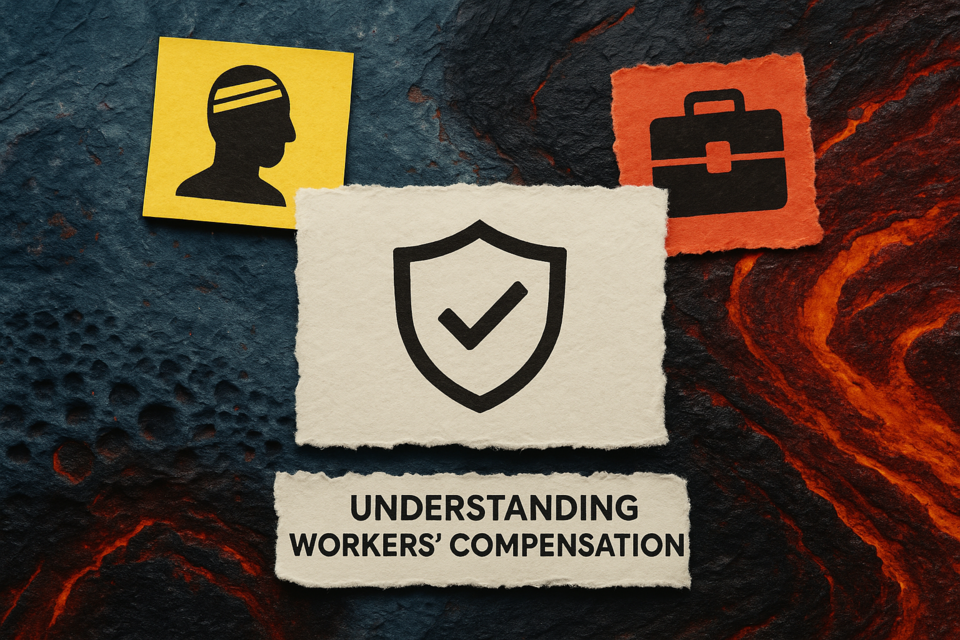Home Safety
Secure Your Space, Protect Your Place

7 Hours average completion time
0.7 CEUs
15 Lessons
30 Exams & Assignments
5 Discussions
15 Videos
49 Reference Files
63 Articles
Mobile Friendly
Last Updated October 2025
Shielding Your Sanctuary: Proactive Home Protection
Owning a space you can call home is not merely a possession, but a deeply personal reflection of who you are. Whether it's a sprawling mansion, a quaint cottage, or a cozy apartment in the city, this space represents comfort, freedom, and achievement. However, with the pleasures of homeownership come challenges. The sanctuary you treasure is exposed to an array of risks, both seen and unseen.
Imagine the horror of watching uncontrollable flames engulfing your memories, or waking up to find your home invaded by intruders. The specter of unforeseen dangers, both natural and man-made, can often cast a long shadow over the joy of homeownership. However, with knowledge, preparation, and vigilance, these fears can be mitigated.
Our comprehensive course, "Shielding Your Sanctuary," is meticulously crafted to arm you with the knowledge and tools to safeguard your haven:
1. Nature's Fury: Understand the threats posed by wildfires, hurricanes, earthquakes, and more. Learn the nuances of different natural disasters and how to prepare and protect your home from their wrath.
2. Silent Saboteurs: Dive deep into recognizing and rectifying structural issues. Discover potential hazards lurking within walls, like lead, asbestos, and faulty wiring, and the remedies to ensure a healthy living environment.
3. Guarding Against Intruders: From unwanted pests and mold to potential break-ins, gain insights into fortifying your home against these silent adversaries. Equip yourself with strategies to deter, detect, and deal with such threats.
4. Proactive Preparedness: It's not just about defense; it's about being proactive. Grasp the techniques of preventative maintenance, emergency drills, and building an effective response plan, ensuring minimal damage when calamity strikes.
By enrolling in this course, you're taking a powerful step toward turning your house into a fortress of safety. Understand that every home has its vulnerabilities, but with the right knowledge, tools, and attitude, you can substantially reduce risks and enjoy the peace of mind you truly deserve.
Your home is more than a structure; it's a story, a legacy, a dream. Equip yourself with the wisdom to protect it fiercely. Join us, and together let's build safer, stronger homes.
- Toxic exposure awareness
- Septic system maintenance
- Intrusion prevention strategies
- Water damage prevention
- Emergency preparedness and response planning
- Corrosion effects and prevention
- Risk assessment and mitigation
- Gas leak safety
- Disaster relief resources knowledge
- Mold and pest management
- Structural hazard identification
Choose from plans starting at just $16/month (billed annually)
See Your Team Succeed
Empower your team instantly with an integrative group enrollment system. Purchase licenses in bulk with Group Discounts.

























